Thales UK will support AERALIS in the development of training & simulation for an ‘Advanced Modular Aircraft’.
AERALIS, the British military jet developer, has entered into a Teaming Agreement with Thales UK to develop innovative philosophies, processes, devices & systems to operate the transformational AERALIS platforms. Accrding to a release recieved from the firm:
“The development from Thales will take place alongside AERALIS’ contract with the RAF’s Rapid Capabilities Office to deliver research & development of an Advanced Modular Aircraft system.
AERALIS is redefining the possibilities for light military jet aircraft across various roles in the defence market including training, aggressor and light combat, focusing on a UK-based development and production programme of an agile, modular, and commercially driven aircraft system aimed at increasing capability whilst significantly reducing through-life costs for customers.
As they move to develop and certify a broad range of future aircraft systems to support the Royal Air Force’s ambition to rationalise its future fleet, they will be working in parallel with Thales in the UK to ensure that the training systems required to teach pilots to fly AERALIS will be ready in conjunction with the modular aircraft system.”
AERALIS says that it plans for its aircraft system to be offered as part of “innovative training solutions” to customers across all aspects of both flying and operational training, and next-generation synthetic training devices and simulators will be a vital part of this process.
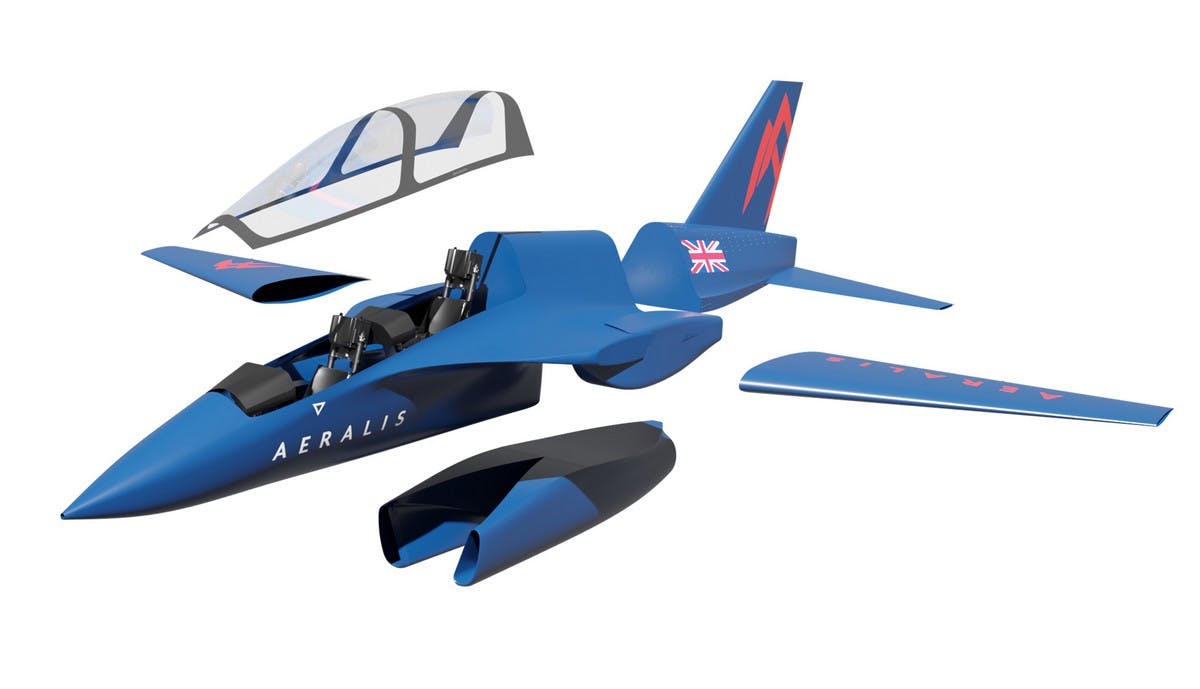
With a well-established Training and Simulation division that designs and operates synthetic flight training simulators, such as those used at the RAF’s Voyager and Atlas training facilities at RAF Brize Norton, Thales UK say it will bring to bear many of its training solutions to complement the AERALIS system to ensure ground-breaking solutions for customers.
“Thales has been a long-term supporter of the AERALIS ambition to deliver innovative and cost-effective solutions for our armed forces. We are therefore delighted to enter this further Teaming Agreement to realise our joint aspirations, which further support the Royal Air Force goals for thier Project ASTRA journey towards a Next Generation Air Force”, said Darryn Rawlins OBE, Managing Director of Thales Training & Simulation, UK Domain.
AERALIS CEO, Tristan Crawford said:
“We are proud to be working with Thales, whose expertise in Synthetic Training solutions will augment our own innovative open-architecture aircraft and allow us to offer real options for UK-developed whole aircraft & training systems for the future of the Royal Air Force. This partnership will provide solid foundations for the support of the Future Combat Air System and the RAF future fleet, whilst also revitalising the British whole aircraft design & manufacturing industry.”


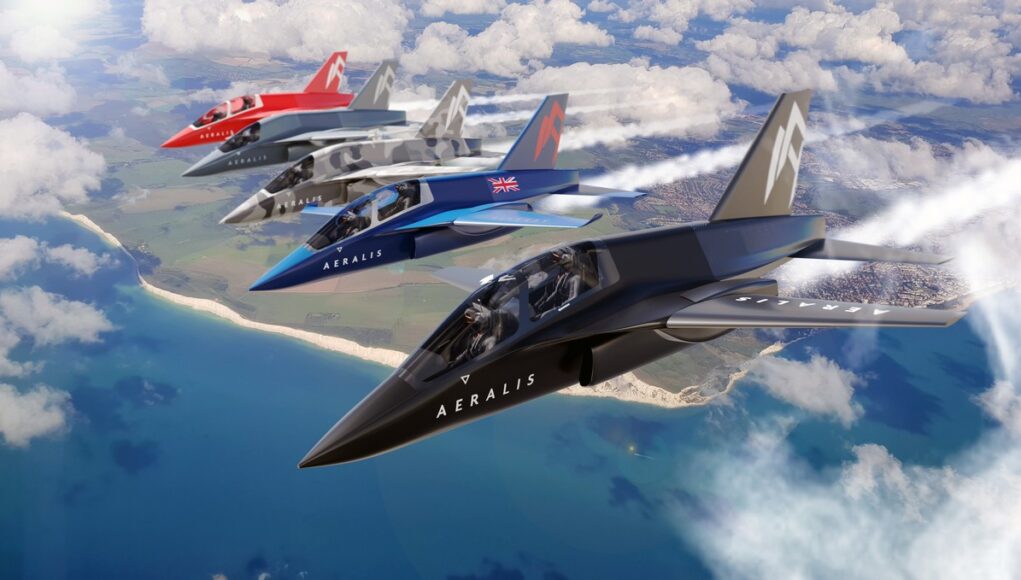

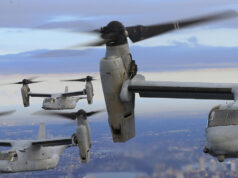


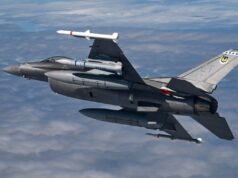

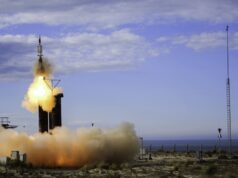
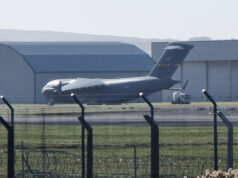

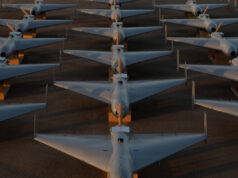

How do you exclude the dead hand of
a) design by committee; and
b) impractical boffin ideas presented via the committee.
from this project.
Then you might have winner
Intriguing company this, which certainly piques your interest. Should it triumph in it’s objectives, let’s fervently hope that owners of ‘investors’, (this latter an increasing misnomer here) do not promptly sell it off abroad.
Or to Big And Expensive….
why not just design a single aircraft, AKA THE F35 was supposed too be a one stop option.
but 3 very different aircraft, great project for the grad students.
BUT POINTLESS
Multiple tasks requiring different capabilities but which don’t need an entirely new design for each. Basic trainer, advanced trainer, operational training, aggressor, air display, light attack. All but the last are RAF requirements which might drive different aircraft configurations such as single/dual cockpit and different wings, along with different engines. No need for every platform to carry the same capabilities and costs so optimisation of the fleet is possible. All with a goal of low acquisition and operating costs. F-35 was a far more radical combination of different requirements.